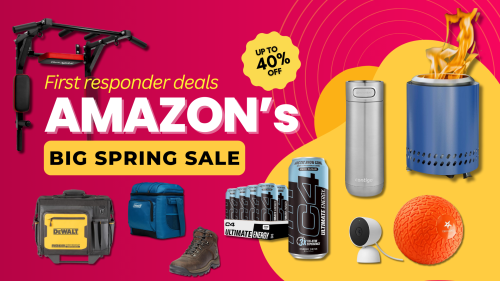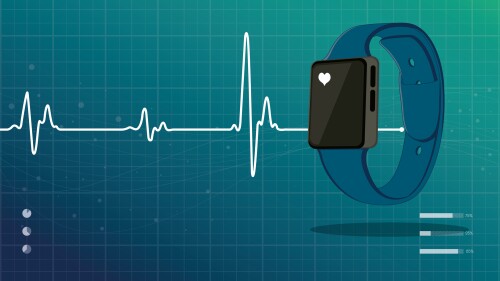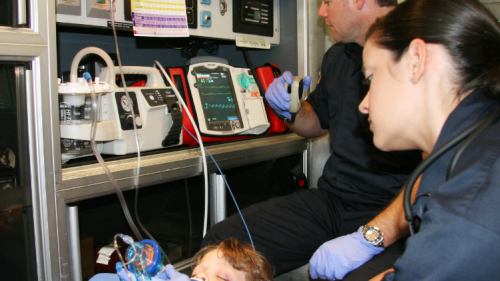BREAKING NEWS
An EMS call in Bradley County escalated when a combative patient returned home and fired at law enforcement drones used for negotiation
Medics weigh in on whether EMS should remain under FDNY or break off into its own agency — and what the debate reveals about EMS work today
Long Beach’s 10th paramedic unit will replace the part-time Rescue 2 ambulance and comes amid persistent warnings about strained EMS coverage
City Hall will hand full control of the crisis response teams to NYC Health + Hospitals, raising questions about the future of mental health policing as a new administration takes office
Cabarrus County EMS and Atrium Health Cabarrus are now delivering blood transfusions in the field, using rapid infusers and mobile blood units
EXCLUSIVES
SPECIAL REPORTS
UPCOMING & ON-DEMAND EVENTS
How to apply for grant funding for naloxone and opioid-reversal interventions and more
EMS training in bleeding control must incorporate mass casualty incident plans and drills as well as the need to prioritize patient triage by injury severity, transport priority and the type of treatment – layperson or medical professional – that is required.
An overview of the current evidence.
View this virtual tabletop webinar to help prepare you to respond to the next mass casualty incident in your jurisdiction
Data collected on evidence-based measures informs this discussion meant to inspire further quality improvement by pairing specific metrics with practical recommendations
Ward off burnout and turnover by increasing career resiliency and opportunity
5 ways to expand your options and forge your EMS career
Strategies to unilaterally reduce ED wait times and get back into service
Feel better by converting your key relationships from stress-producers to stress-reducers
Healthy habits to nurture provider resiliency, career longevity
Learn how balanced usability, access and security enable first responders to do their jobs more effectively wherever they are
Mission critical communications networks and Wireless WAN work in concert to enable first responders to make informed decisions and act quickly
INDUSTRY INSIGHTS
Discover the benefits of hosting an au pair
These durable, ergonomic mounts help safeguard cardiac monitor investments and streamline the continuum of care
Suppliers may be wary of sharing their stocks with new EMS programs, but this platform can help ensure they’re used right
Protecting providers starts with a glove that won’t easily fail
Avon Protection showcases the effectiveness and durability of its latest scalable protective system, designed for eye, nose and mouth protection in real-world conditions
WATCH NOW
Observation — by others or yourself — has the power to shift behavior. Discover how self-awareness can improve resilience, focus and well-being
OFF DUTY
Rapid decision-making and risk assessment skills make EMS professionals a perfect fit for high-paying safety leadership roles
EMS Products
Follow this expert guide to cleaning, conditioning and polishing your boots, belts and gear the right way
The benefits are numerous, but the startup can be daunting; become a meal-prepping pro with these top-rated solutions
Read the first five practical, no-nonsense strategies to help you stay sharp, resilient, and in control — no matter what the job throws at you
When intentions don’t match actions, trust and morale suffer. Learn how to lead with purpose, awareness and genuine presence
The habit? Working out with your dog in ways that support movement, recovery and routine
The uniform doesn’t come with a manual for pet ownership — this might help
Save up to 40% off on Nest, Coleman, DEWALT, CRAFTSMAN, Contigo, Ninja, Cuisinart & more
Tired of aching feet? Check out these expert-backed solutions to keep you moving, stay pain-free and perform at your best
Short on time and space? Check out these products to help get a workout in no matter where you are in your day
PRODUCT RESEARCH CATEGORIES
The Financial, Insurance & Legal Services product category features information and resources for researching Financial Services solutions, as well as insurance options and legal resources, and includes financial leasing options, various types of insurance, mortgage tools and retirement planning assistance.
The EMS1 Mobile Computers product category features products and information for researching EMS mobile computers and equipment, covering a variety of mobile computers used for managing data in the field and on the move.
The EMS1 Radios product category features products and information for researching EMS radios, covering communications equipment, communications interoperability, wireless handsets and EMS radio-related equipment.
The EMS1 Communications Interoperability product category features products and information for researching Communications Interoperability solutions, including interfaces, P25 radios and other mobile and stationary technologies.
The Computer Aided Dispatch (CAD) product category features information, product listings and resources for researching CAD, including different systems, software and GIS mapping solutions for dispatch and emergency response.
The Dispatch Equipment product category features information and resources for researching Dispatch Equipment, including purchasing guides and a full directory of dispatch equipment manufacturers and distributors.
The EMS1 telehealth product category features information, product listings and resources for researching telehealth, including equipment, software and accessories, for EMS providers and EMS industry leaders.
The EMS1 Medical Equipment Services product category features information for researching EMS Medical Equipment Services, covering a variety of service programs and repair options for medical equipment.
The EMS1 Bleeding Control product category features products and information for researching Bleeding Control products by EMS personnel to aid in their assessment and treatment of patients in the prehospital environment.
The EMS1 Ambulance Disposable Supplies product category features information, product listings and resources for researching Ambulance Disposable Supplies.

















































